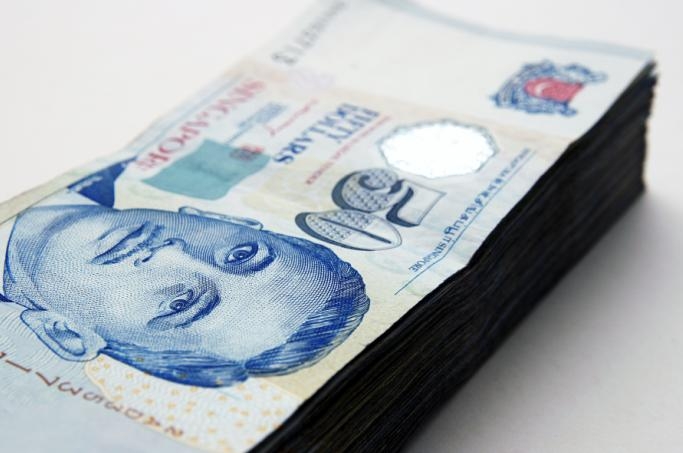
Currency Briefing - what you need to know for Thurs Feb 16, 2012
Amidst improvement in investor confidence in Asia, the Singapore dollar edged up Wednesday against the US dollar.
Justin Harper, IG Markets Singapore head of research, said:
The Singapore dollar edged up in trading yesterday against the US dollar as investor confidence in Asia improved while dipping in the US. The Singapore dollar ended at $1.2598 buoyed by news that China was ready to pump money into Europe to help deal with its government debts.
China needs a healthy Eurozone for the sake of the global economy and as a major trading partner. Offering rescue funds is very much in China’s best interests. But its show of strength sent out of very positive message to Asia that it has the funds and is ready to take a proactive stance over Europe.
This coincided with a downbeat trading session in the US, with the Fed minutes revealing that some members are in favour of another bolt of quantitative easing (QE) sooner rather than later. This weighed down on the Greenback. QE3 will devalue the US currency as billions of dollars flood the market.
But it also means the powerful figures of the Fed think the US economy may not be rebounding as well as they would like and needs some cheap liquidity to push things along. This lack of faith in sustainable economic growth dampened US investor confidence and dented the currency.
The Singapore dollar faces some tough tests tomorrow with the release of its non-oil export data for January and the Government Budget. Both events have the ability to massively affect how the island state’s currency fares against the US dollar this week.
RBS, on the other hand, noted:
Today's EU finance ministers conference call did not yield an agreement but instead Juncker said he remained confident that an agreement would be reached at the 20 February Ecofin meeting in Brussels.
The FOMC meeting minutes seemed to emphasize the FOMC's inclination towards additional stimulus, though the thrust of the message was little different than the 25 January statement and underscores the lack of rate support for the USD going forward.
The February UK Inflation Report is on the margin slightly positive for GBP as it indicates less urgency to undertake more asset purchases, but given stretched valuations we see sustained gains in GBP vs. the EUR and USD as increasingly difficult.
More QE remains likely, but the risk it comes in May is likely to have fallen. RBS UK Economics stick with their call for a further £50bn in August.
Meanwhile GFT reported:
With stocks falling sharply, the U.S. dollar ended the day either higher or unchanged against all of the major currencies. Early gains in the AUD, NZD, GBP and CAD were wiped out as investors flocked into the safety of U.S. dollars.
It was a busy day for U.S. data that provide little in the way of clarity on the outlook for monetary policy. All we know is that the door remains open for QE3 but Fed officials are divided on whether additional stimulus is really necessary.
A few members of the policy making committee thought that the Fed could start extending the maturity of the portfolio “before long,” or in 2012 according to the minutes released today. However, the members were more receptive to this idea if economic conditions were to deteriorate or if inflation seemed likely to remain below 2 percent.
In other words, the decision will depend on incoming economic data. Fed officials also indicated that there would be no effort to shrink the balance sheet until the end of 2014, although committee member Jeff Lacker was opposed to announcing the time frame with such unprecedented clarity.
Some Fed officials noted that while some economic conditions had shown further improvement in labor market conditions, the economy’s progress was still frustratingly slow and the unemployment rate remained above historical levels. U.S. growth could be restrained this year by slower global economic growth, in particular as European countries slash their budgets to comply with austerity measures and solve the debt crisis.
























 Advertise
Advertise






